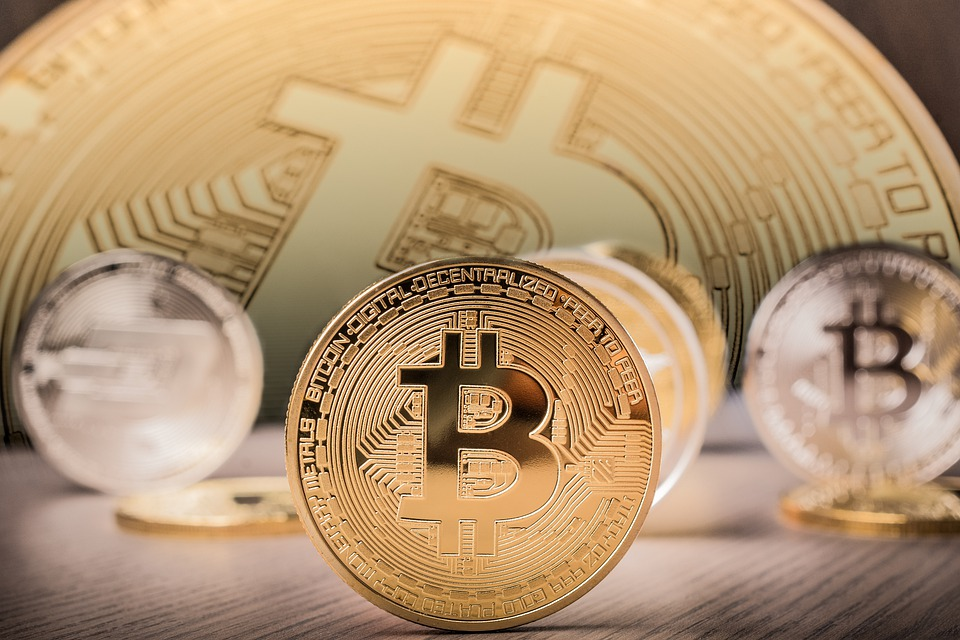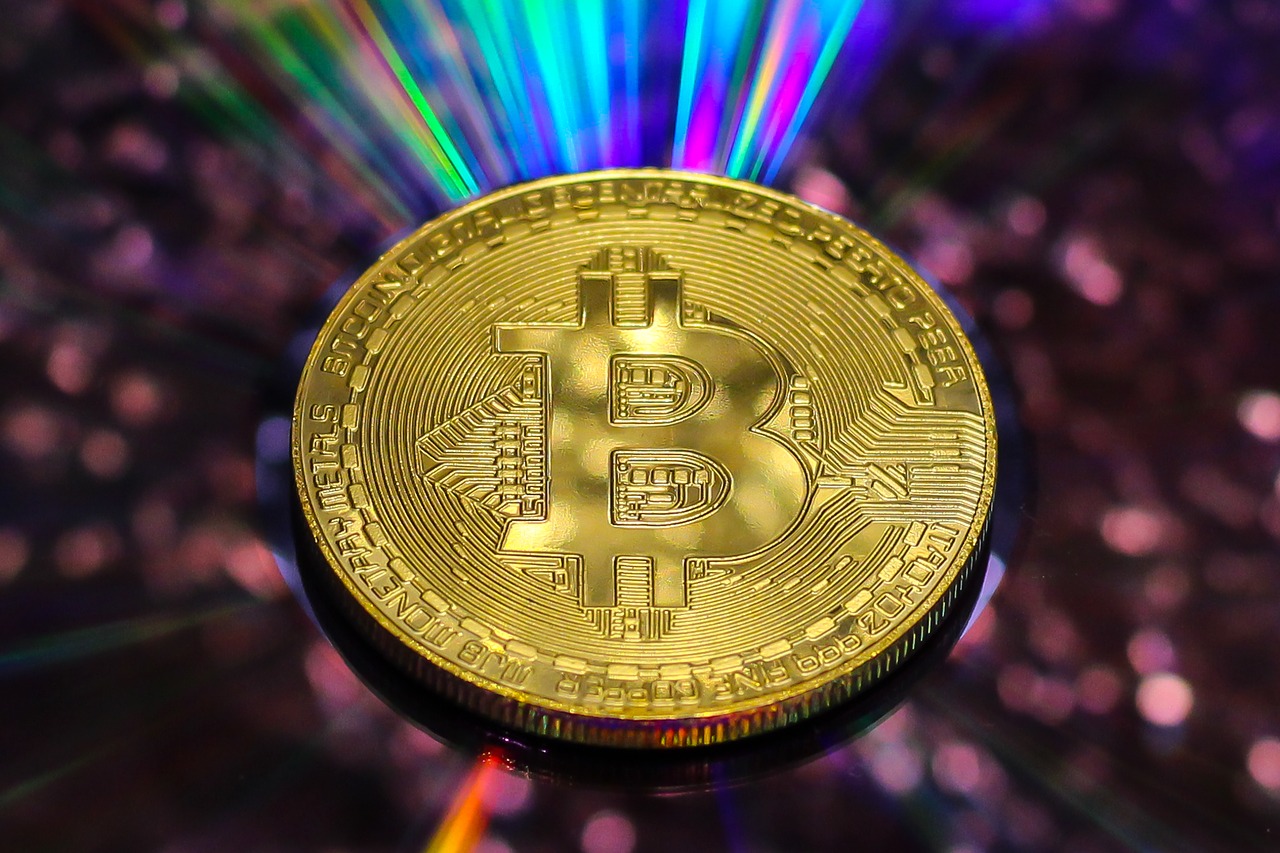With more and more phone unlocking companies entering in the market, now a locked cell phone seems no more a problem. Phone unlocking is as simple as requesting an unlock code for your phone while sitting at home. CellUnlock.net also entered the phone unlocking market with the aim to provide fast and cheap phone unlocking solution to its customers.
CellUnlock.net laid its foundation in Miami, FL, in 2007. With CellUnlock.net, you can unlock your phone remotely simply by entering the unlock code. With over 8 years of experience, the company has been able to handle thousands of phone unlocking cases successfully. The unlocking service that CellUnlock.net brings is safe and reliable as it keeps your phone’s warranty intact.
Service Details
CellUnlock.net focuses on providing unlocking solutions for GSM phones. Follow these simple steps to request an unlock code:
- Choose your phone brand and model
- Select the network carrier your phone is currently locked to
- The service calculates your order charges and displays it to you. If you continue with your order request, you will be asked to provide phone and payment details.
Once your code is ready, you will receive an email. The email contains the unlock code and the unlocking instructions on how to unlock your mobile handset. There might be cases where an unlock code is not available for your device but an alternate solution might exist that could help you unlock your mobile handset. In either case, you will be notified in time by the service provider.
Time Frame for Delivery: Depending on your phone model and the network carrier your phone is currently locked to, the order delivery time varies. When you place your order, the service provider calculates the estimated delivery time for your order and displays it to you. The company tries its best to deliver you the order within the time specified, but sometimes the order delivery time might exceed the average delivery time specified for your order.
The service allows its customers to check the status of their order.
Supported Phone Brands and Carriers: CellUnlock.net provides unlock codes for Alcatel, Apple iPhone, Blackberry, Doro, HP, HTC, Huawei, INQ, LG, Motorola, Nokia, Palm, Pantech, Samsung, Sendo, Sharp, Sidekick, Siemens BenQ, Sony Ericsson and ZTE phone brands.
The network carriers that CellUnlock.net supports vary from country to country.
Customer Support/Service: The company provides full support to its customers. Their website contains good helping material.
FAQ section: The section contains well explained answers to frequently asked questions.
Help section: This section is just like the FAQ section, but here the queries are organized categorically.
“Contact Us”: If you still have any unanswered concerns, then you can contact the service provider directly. When you visit this section, you are required to fill in the short form to submit your query.
Email: Email is another option available through which you can get your queries resolved.
Customer Service Telephone: CellUnlock.net also has a customer support number available on their website. You can call on that number and talk to the service provider directly.
Security & Trust
CellUnlock.net assures its customers that its phone unlocking service will never disappoint, but if in rare cases the service failed to unlock the user’s phone then a full payment will be refunded. However, it must be noted that a refund will only be given after proper investigation.
Regarding the refund policy, the company also says that it reserves the right to refuse a refund under the following conditions:
- If the unlock code has been sent and the IMEI number (phone’s unique identifier) supplied was incorrect
- If the phone was already unlocked prior to placing the order
- If it turned out that the information provided regarding the network carrier phone is currently locked to, was incorrect
- If you were trying to unlock a blocked or stolen cell phone
- If the phone you are trying to unlock was already hard-locked because of failed unlocking attempts made in the past.
CellUnlock.net also makes it clear that no order will be cancelled once the payment has been made by the user.
Privacy Statement: CellUnlock.net in its “Privacy Policy” section explains in detail the kind of user data it collects and how it uses users’ data. The company also talks about the security measures it adopts in order to keep users’ data safe from any unauthorized access.
CellUnlock.net collects the following data when you register an account on their website or place an order request:
- Your personal information (name, phone number, email address, mailing address)
- Payment related details
Regarding information disclosure, the company says that it does not sell or share users’ personal data with anyone unless they sign up for email newsletter because in that case the user explicitly gives permission to the company to send occasional promotional material from third parties.
CellUnlock.net puts in every effort to protect users’ data. According to CellUnlock.net all personal information is kept confidential and only people that have special access rights are allowed to access systems where users’ data is stored. Also, all financial transactions are carried out over a secure channel and all sensitive data is stored in encrypted form.
Supported Payment Methods: CellUnlock.net accepts payments made by:
- Visa
- MasterCard
- American Express
- Discover
- PayPal
CellUnlock.net charges all payments in US Dollar currency only.
Pros:
- Promises a full refund in case the service was unable to unlock your phone
- All financial transactions are carried out over a secure channel – uses SSL (Secure Socket Layer)
- Quotes the order delivery time for each order and also allows you to check the order status
Cons:
- Supports limited phone brands
- Order delivery time might exceed the delivery time specified on their website
Ratings:
Here are some rating scores that show how CellUnlock.net has performed over the years:
- Reseller Ratings:Based on 319 reviews, CellUnlock.net scores 6.06 out of 10
- Review Centre: CellUnlock.net scores 3.5 out of 5
- Trust Pilot: CellUnlock.net scores 8.6 out of 10
Conclusion:
CellUnlock.net has been able to secure a good reputation in the market because of its safe and reliable phone unlocking services. The service also offers good customer support to its customers.


 This does not happen incidentally, but is a condition of virtual reality: physical reality is replaced instead of superimposed, unlike augmented reality. This, of course, inhibits the success of the medium. After all, humans are social creatures. Sit down with your partner in the evening, put on your VR glasses and say goodbye to the shared space? Difficult.
This does not happen incidentally, but is a condition of virtual reality: physical reality is replaced instead of superimposed, unlike augmented reality. This, of course, inhibits the success of the medium. After all, humans are social creatures. Sit down with your partner in the evening, put on your VR glasses and say goodbye to the shared space? Difficult.
 Streaming services such as Netflix, Amazon Prime Video or Hulu are very popular worldwide. However, the providers provide different content per country or region. In Germany, for example, there are no plans to download Netflix US. We’ll explain how you can use a VPN to easily avoid geoblocking.
Streaming services such as Netflix, Amazon Prime Video or Hulu are very popular worldwide. However, the providers provide different content per country or region. In Germany, for example, there are no plans to download Netflix US. We’ll explain how you can use a VPN to easily avoid geoblocking. Netflix is considered the forefather of video streaming services and has grown from an online DVD rental company to a leader in video-on-demand. The company offers more than 5,000 TV shows, movies, documentaries and other content in the U.S. alone. Some of these are purchased content, but more and more series and films are also being produced by Netflix itself – the so-called “Netflix Originals” or “Netflix Originals”.
Netflix is considered the forefather of video streaming services and has grown from an online DVD rental company to a leader in video-on-demand. The company offers more than 5,000 TV shows, movies, documentaries and other content in the U.S. alone. Some of these are purchased content, but more and more series and films are also being produced by Netflix itself – the so-called “Netflix Originals” or “Netflix Originals”. One of Netflix’s main competitors is Amazon Prime Video. The service offers a flat rate offer for films, series or documentaries on the one hand, and content that is not part of the flat rate can be rented or purchased on the other. The offer costs 69 euros per year or 7.99 euros per month and also offers other advantages such as free shipping or access to Amazon Prime Music.
One of Netflix’s main competitors is Amazon Prime Video. The service offers a flat rate offer for films, series or documentaries on the one hand, and content that is not part of the flat rate can be rented or purchased on the other. The offer costs 69 euros per year or 7.99 euros per month and also offers other advantages such as free shipping or access to Amazon Prime Music. Netflix, Amazon Prime Video or Kodi are just a small selection of streaming platforms.
Netflix, Amazon Prime Video or Kodi are just a small selection of streaming platforms. 
 The bill also states that the Darknet is not only home to criminals. The Federal Council, however, justifies its proposal with the argument that the current legal situation does not offer sufficient criminal sanctions against operators of
The bill also states that the Darknet is not only home to criminals. The Federal Council, however, justifies its proposal with the argument that the current legal situation does not offer sufficient criminal sanctions against operators of 



 The own internet provider can, if he does this specifically, find out in any case that the user connects via a VPN provider. The technical data relates to the destination of the VPN connections and thus theoretically also indicates the VPN provider. It is therefore impossible to keep these VPN connections secret in every case. It follows from this that it therefore makes no significant difference whether
The own internet provider can, if he does this specifically, find out in any case that the user connects via a VPN provider. The technical data relates to the destination of the VPN connections and thus theoretically also indicates the VPN provider. It is therefore impossible to keep these VPN connections secret in every case. It follows from this that it therefore makes no significant difference whether  Bitcoin is a way to achieve anonymity in payments, but there are a few things to keep in mind, because all payments made by every Bitcoin user are completely transparent and open to everyone! It is therefore very easy to find out how many Bitcoins the user of a Bitcoin address has and which payments he makes when and to whom. Anonymity is therefore only achieved if payments are always made with different IP addresses and one-time Bitcoin addresses and if you actively disguise yourself. Of course, this is associated with increased effort.
Bitcoin is a way to achieve anonymity in payments, but there are a few things to keep in mind, because all payments made by every Bitcoin user are completely transparent and open to everyone! It is therefore very easy to find out how many Bitcoins the user of a Bitcoin address has and which payments he makes when and to whom. Anonymity is therefore only achieved if payments are always made with different IP addresses and one-time Bitcoin addresses and if you actively disguise yourself. Of course, this is associated with increased effort.